NASA's Space Probe Finds Evidence Of A "Helicity Barrier" In The Sun's 2 Million Kelvin Atmosphere - IFLScience
8/11/25 at 4:46pm

If confirmed, this might help solve a long-standing mystery about our Sun.
Viewed by
You are the first to view
Saturday Citations: Video games and brain activity; a triple black hole system; neutralizing Skynet - Phys.org
8/11/25 at 4:46pm

It's August, which means Hot Science Summer is two-thirds over. This week, NASA released an exceptionally pretty photo of Mars, a sharp panorama color altered to make the sky blue (???). California health authorities are warning hunters and trappers about con…
Viewed by
You are the first to view
7 animals that adopt babies of other species - Times of India
8/11/25 at 4:46pm

Motherhood is one of nature’s most selfless and beautiful instincts, and not only humans but other animals too experience it. Here are 7 animals that are known to adopt babies if other species, and it shows that their love has no bounds:
Viewed by
You are the first to view
Meet The 'Genital King' Tarantula And Its Record-Breaking Sexual Organ - ScienceAlert
8/11/25 at 4:46pm

Four new species of tarantula have been discovered – and if they knew the name they were going to get, they might have presented themselves sooner.
Viewed by
You are the first to view
IBM and Moderna have simulated the longest mRNA pattern without AI — they used a quantum computer instead - Live Science
8/11/25 at 4:46pm
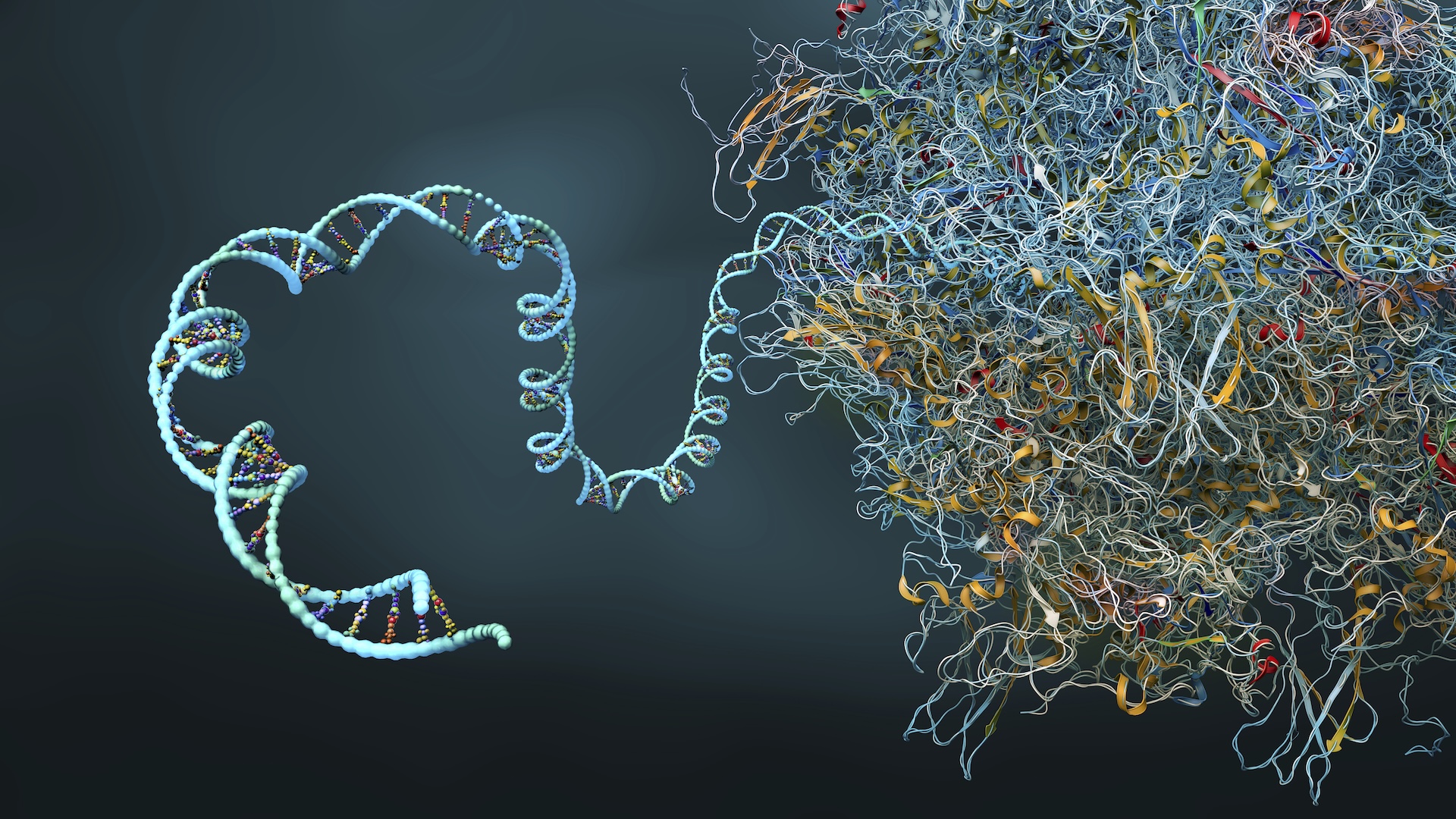
Scientists used IBM's R2 Heron quantum processor to predict the secondary protein structure of a 60-nucleotide-long mRNA sequence.
Viewed by
You are the first to view
A massive earthquake could be brewing beneath North America, study suggests - BBC Science Focus Magazine
8/11/25 at 4:46pm

A long-quiet fault in Canada is building toward a major earthquake. The only problem? No one knows when it will strike.
Viewed by
You are the first to view
Ancient viral DNA may play a key role in early human development, new study suggests - CNN
8/11/25 at 4:46pm

Once dismissed as “junk” DNA, ancient viruses embedded in the human genome play a key role in early human development, research finds.
Viewed by
You are the first to view
Using Quantum Physics, Researcher Have Succeeded to “Reverse Time” With Astonishing Precision - The Daily Galaxy
8/11/25 at 4:46pm

Scientists in Austria have achieved what sounds impossible: making time run backward—but only at the quantum level.
Viewed by
You are the first to view
New adhesive surface modeled on a remora works underwater - Ars Technica
8/11/25 at 4:46pm
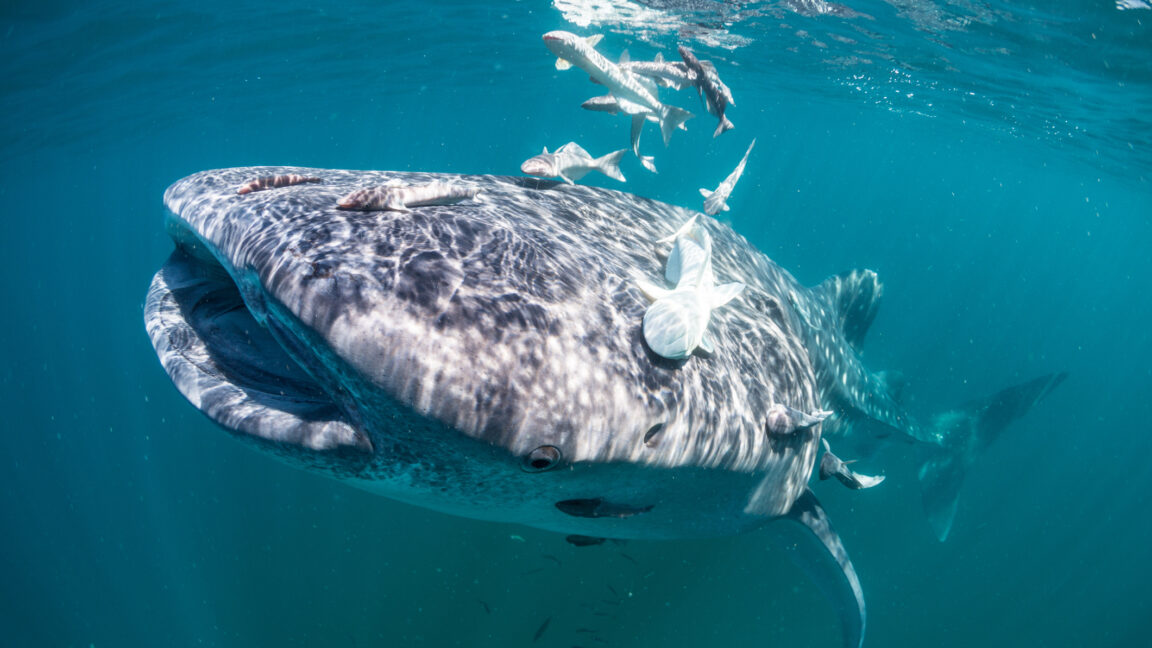
It was tested for its ability to adhere to the inside of the digestive tract.
Viewed by
You are the first to view
Venus and Jupiter conjunction: How to watch the 2 brightest planets 'kiss' on Aug. 12 - Live Science
8/11/25 at 4:46pm
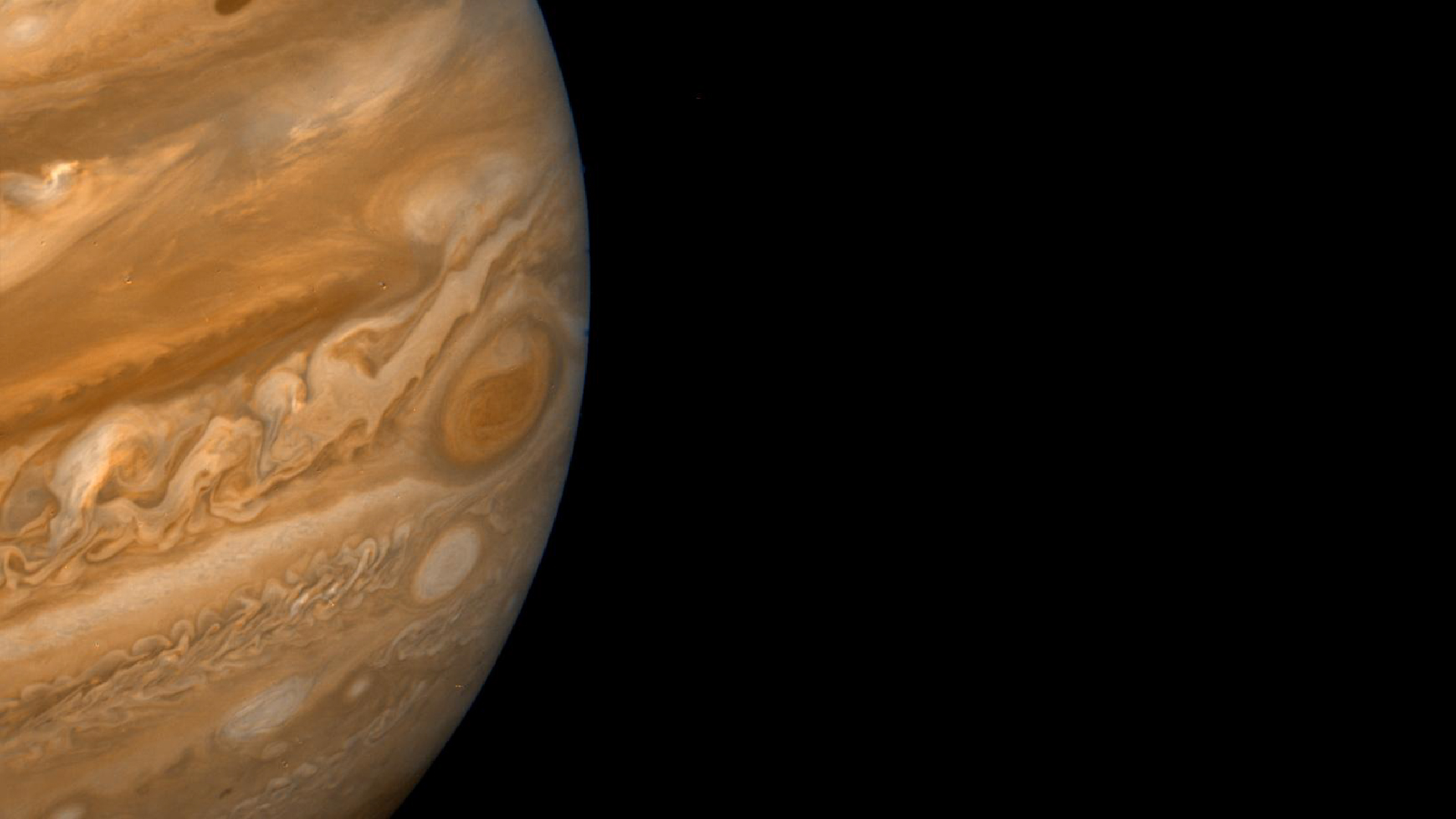
Venus and Jupiter will meet in a conjunction in the early morning hours of Aug. 12. Here's everything you need to know to spot the two brightest planets at their best.
Viewed by
You are the first to view
A stroke took a Brooksville man to the edge of death. He was 33. - Tampa Bay Times
8/11/25 at 4:46pm
Typically a risk to those over 65, more young people are suffering strokes, studies show.
Viewed by
You are the first to view
'Olympus' the 4-legged robot could help astronauts explore Mars someday (video) - Space
8/11/25 at 4:46pm
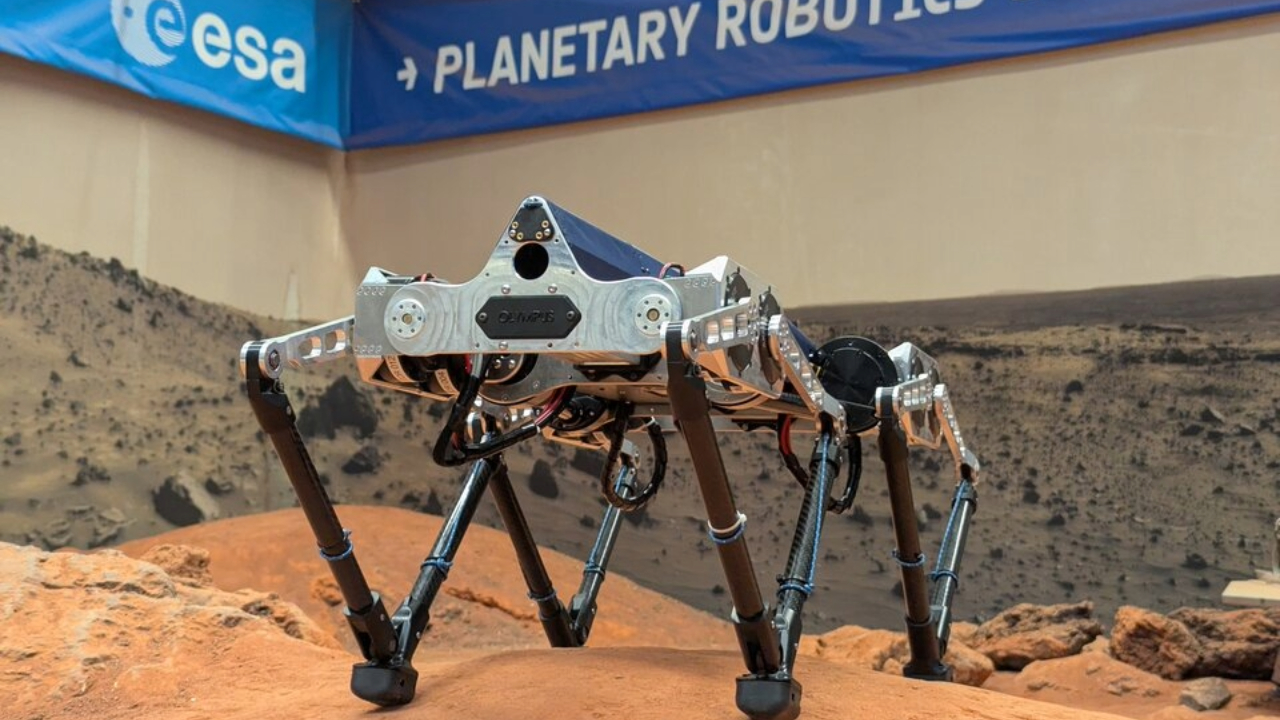
The robot is making leaps toward the future of planetary exploration.
Viewed by
You are the first to view
Stunning snails to ice mummy tattoos: Ten of the best science pictures of the week - BBC
8/10/25 at 11:19am
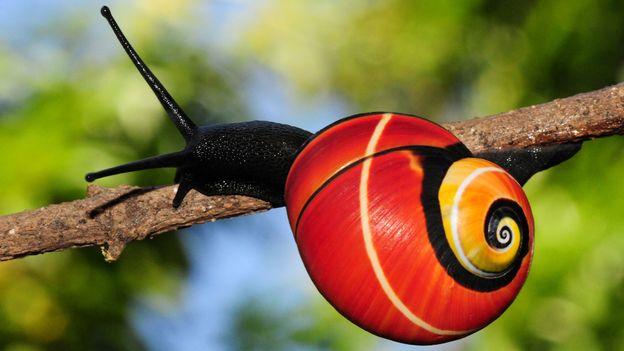
The most striking images from the world of science this week: including an anniversary on Mars, a maze of 1.5 million books, and apes with a taste for alcoholic fruit.
Viewed by
You are the first to view
Scientists Discover the Brain’s “Reset Button” That Separates Your Memories - SciTechDaily
8/11/25 at 4:46pm

A brainstem region helps punctuate memories. Stress may block its ability to mark new experiences. Although life unfolds in a continuous flow, our memories don’t capture it that way. We don’t recall the past as one seamless timeline but rather as a sequence o…
Viewed by
You are the first to view
Van Gogh’s iconic ‘The Starry Night’ painting helps discover a new quantum vortex - Interesting Engineering
8/11/25 at 4:46pm

A new study reveals a surprising connection between Vincent van Gogh’s "The Starry Night" and the world of quantum physics.
Viewed by
You are the first to view
A sudden slowdown in Earth’s spin was detected on August 5! Is it a warning sign? - WION
8/11/25 at 4:46pm

On Tuesday, August 5, 2025, Earth completed its rotation slightly more slowly than usual, making the day fractionally longer. While the difference was imperceptible to people, scientists say the cause offers important clues about the forces influencing our pl…
Viewed by
You are the first to view
Chinese scientists create meteorite diamond in laboratory breakthrough - South China Morning Post
8/10/25 at 11:19am
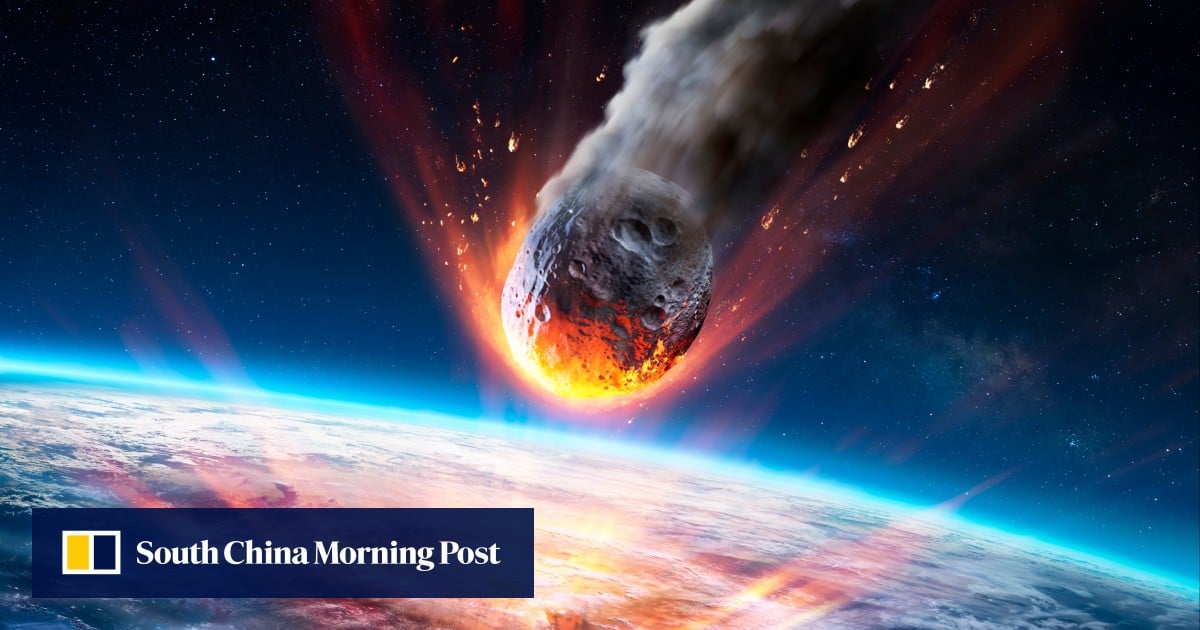
Unusual variant has previously been confirmed only within the cosmic debris that hit Arizona’s Canyon Diablo 49,000 years ago.
Viewed by
You are the first to view
Rare planet parade is coming to Texas skies—no telescope needed - Chron
8/11/25 at 4:46pm

A rare large planetary alignment will coincide with the Perseid meteor shower over Texas on August 10.
Viewed by
You are the first to view
A fiery meteor that punched through a Georgia home's roof is older than Earth, a scientist says - ABC News
8/10/25 at 11:19am

A scientist says fragments of a meteorite that punched through a Georgia homeowner's roof after blazing across the sky in a fiery streak is older than the Earth itself
Viewed by
You are the first to view
Scientists shocked as deep-sea expedition captures 'enigmatic' discovery at bottom of Pacific Ocean: 'Might otherwise be missed entirely' - yahoo.com
8/11/25 at 4:46pm

"There's often an edge to the human eye on the seafloor."
Viewed by
You are the first to view
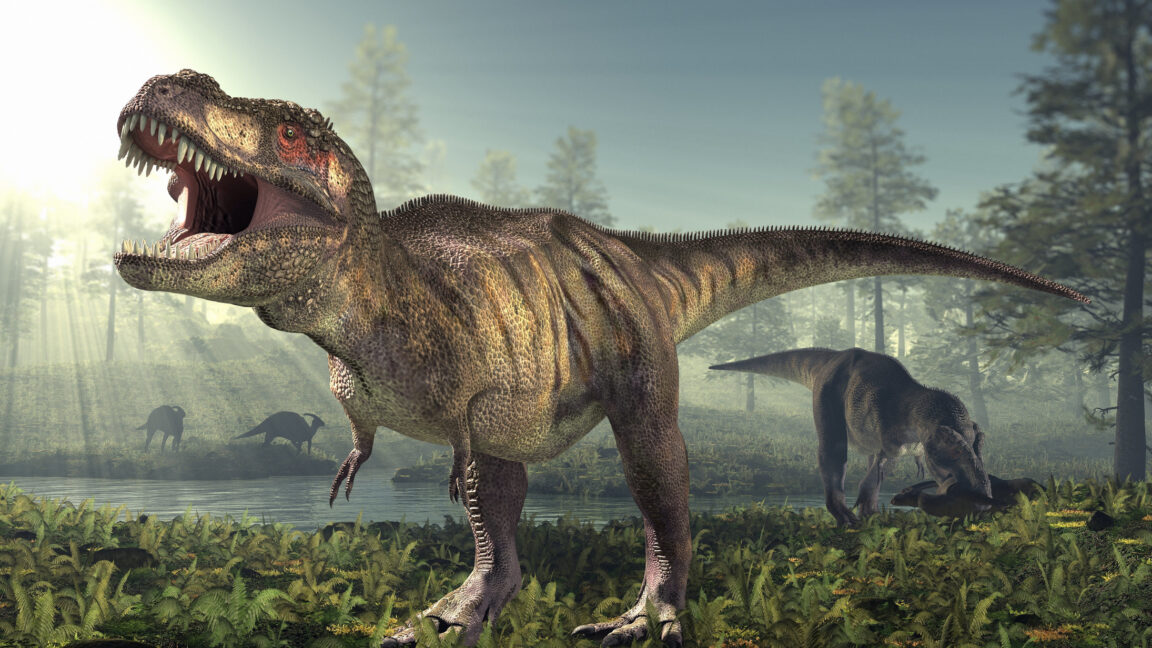
The biomechanics of dinosaur skulls say T. rex was the king of bite force.
Viewed by
You are the first to view
Scientists capture bridge of stray stars being sucked from one galaxy to another - Space
8/10/25 at 11:19am
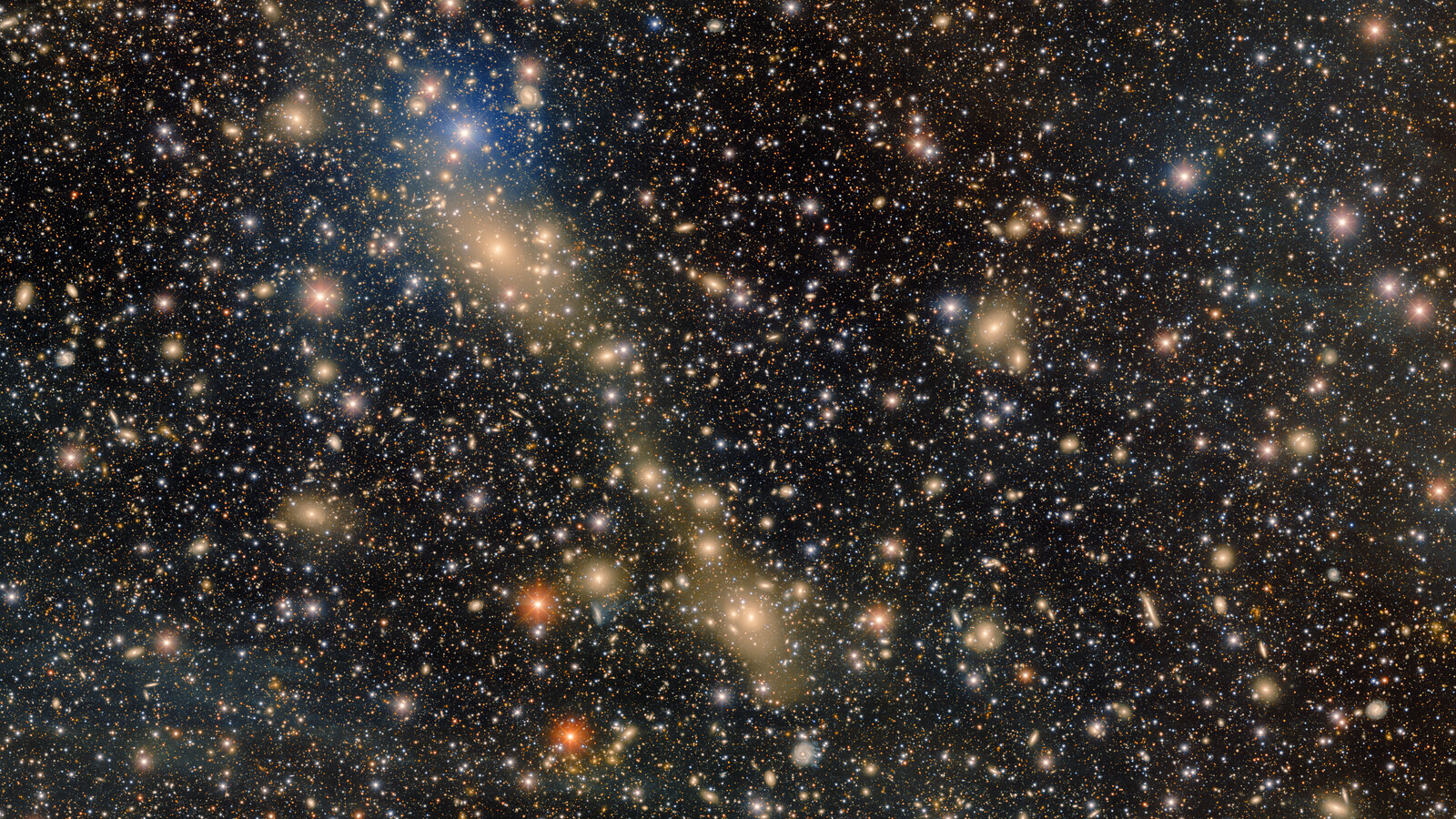
"This is the first time a feature of this scale and size has been found in a local galaxy cluster."
Viewed by
You are the first to view
Mystery early human relatives reached Sulawesi over a million years ago, oldest evidence found on ‘hobbit’ island neighbor - Archaeology News Online Magazine
8/10/25 at 11:19am
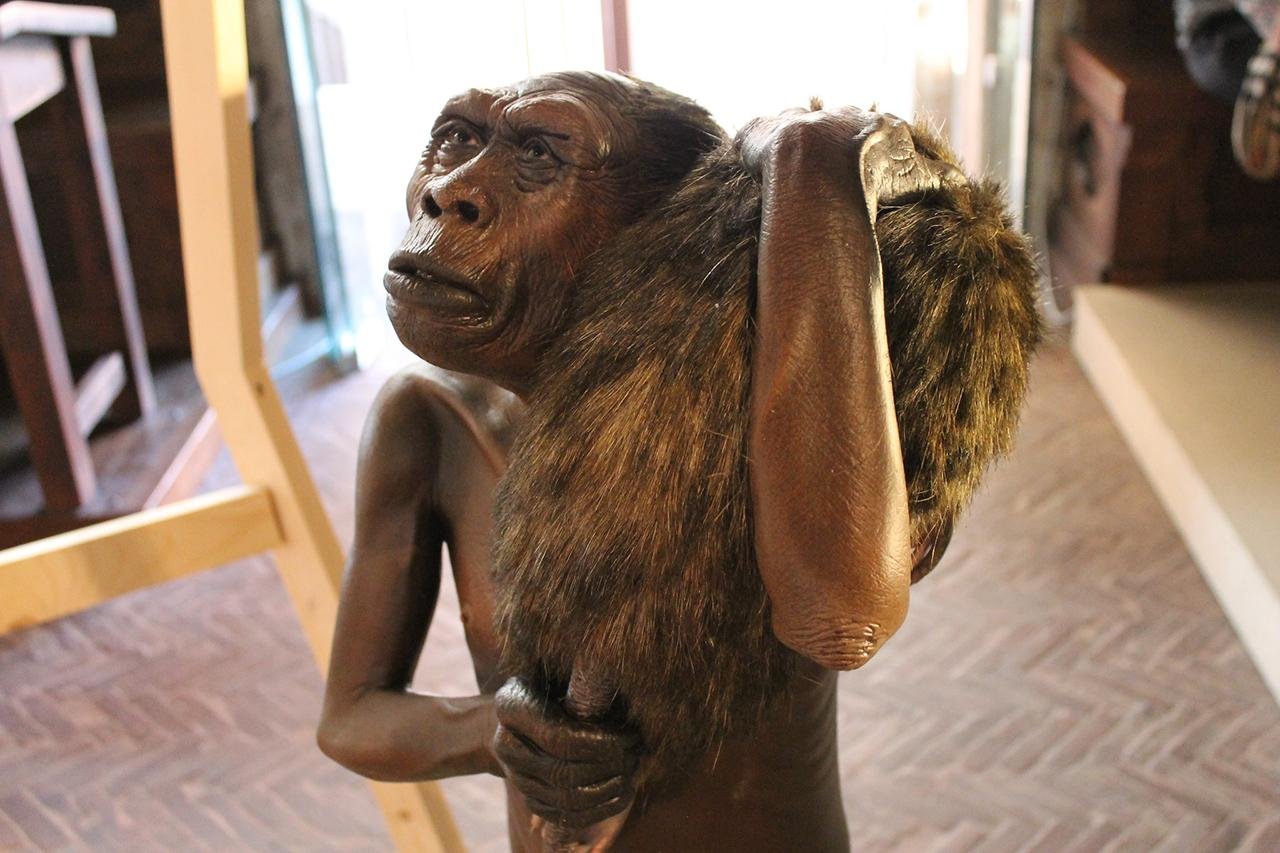
Ancient stone tools in Sulawesi reveal early humans arrived over a million years ago after major ocean crossings.
Viewed by
You are the first to view
Harvard astronomer warns interstellar object moving towards Earth could 'save us or destroy us' - Hindustan Times - Hindustan Times
8/10/25 at 11:19am

Harvard's Avi Loeb shares that a Manhattan-sized interstellar object, 31/ATLAS, is approaching Earth.
Viewed by
You are the first to view
Six-planets align, meteor shower over Seattle this weekend - MyNorthwest.com
8/10/25 at 11:19am

Starting this weekend and into next week, the unique alignment of six planets, and the peak of the Perseid meteor shower.
Viewed by
You are the first to view